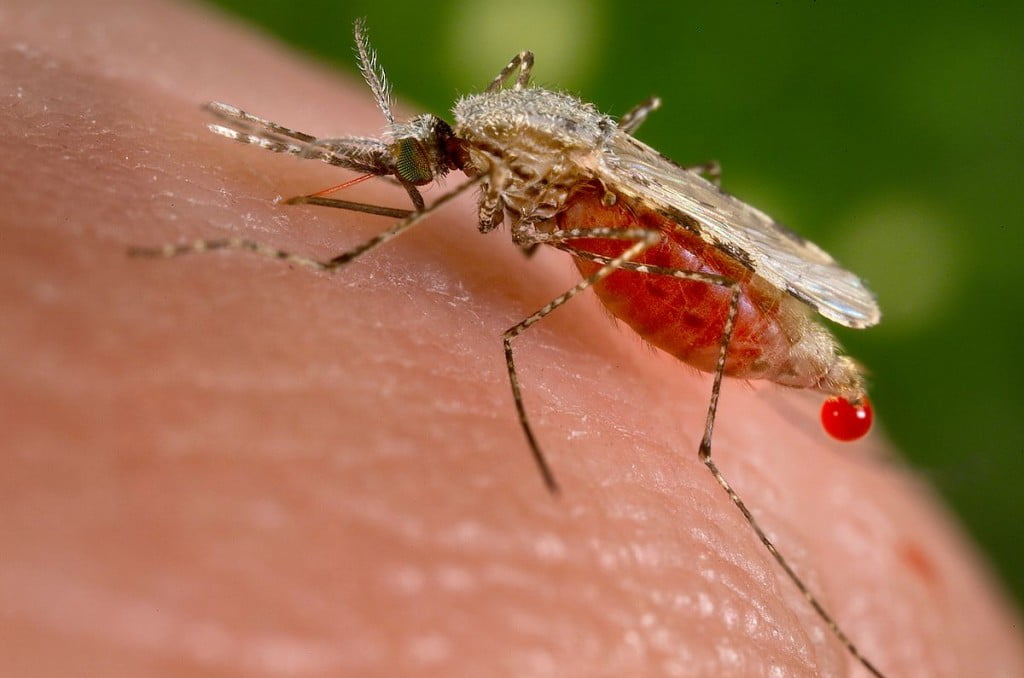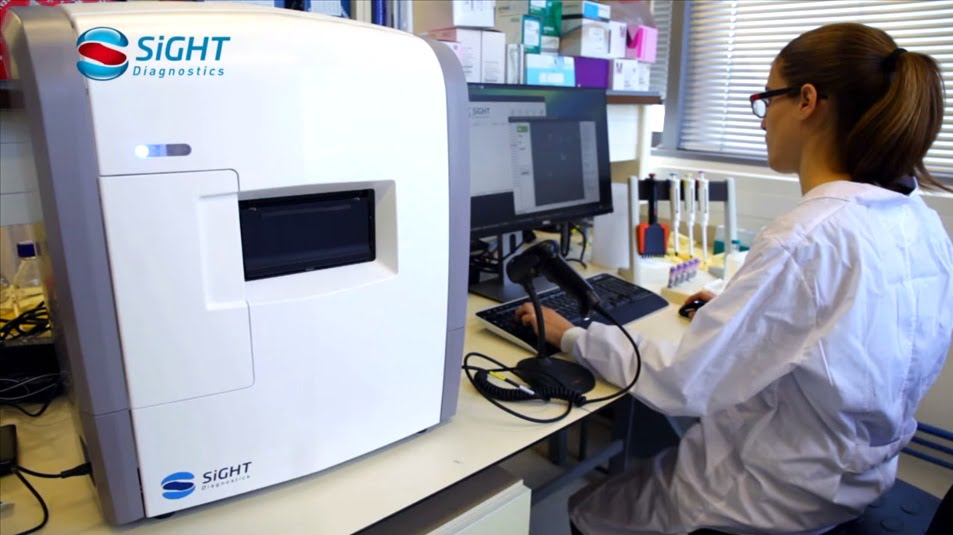More than half a million people lose their lives to malaria each year and in 2013 alone, West Africa suffered nearly 198 million cases of the disease, according to the World Health Organization. One of the main problems with malaria is its long delays in diagnosis through conventional blood tests.
With regular blood sampling methods using laboratory microscopes, doctors mostly rely on the accuracy of the human eye to detect infectious diseases such as malaria and hepatitis B. But these are fallible.
Now, a medical breakthrough means doctors will be able to use computing powers to instantly detect and reduce the prevalence of blood-borne diseases.
SEE ALSO: Images Of Blood To Replace Needles In Blood Tests
Israeli startup Sight Diagnostics (or SightDx) utilizes computer vision technology to visually scan “stained” blood samples under a fluorescent microscope and detect the presence of anomalies in blood cells. The whole process takes only three minutes, in contrast to lab results, which can take up to one or two days.
SightDx is not the first to use computer-based blood diagnosis, but its vision-based algorithms for identifying blood-borne diseases are unique. These algorithms visually scan and analyze the blood – relying on characteristics such as size, shape, fluorescence intensity, and morphology – and the computer that functions as the human eye in seeking out anomalies is faster, accurate and more efficient.
Navigating blood cells with the power of computers
Malaria is a life-threatening disease caused by the bites of the Anopheles mosquitoes. Symptoms of the disease can take up to two weeks to develop after the initial infection. If the disease is not treated within 24 hours after symptoms develop, malaria can lead to severe illness and often death. That is why timely diagnosis is crucial, says SightDx.
SEE ALSO: Scientists Develop Microscopic Robot That Detects Disease Inside Cells
Sign up for our free weekly newsletter
Subscribe“Essentially, you try to do what the human eye does,” CEO Joseph Joel Pollak tells NoCamels. “Computer vision-based devices have a camera, and the camera takes pictures of the blood. Then, algorithms analyze the scene.”
The startup’s flagship Parasight Platform made recent headlines for helping to detect malaria in nations impacted by the infectious disease. This pilot project, which began in 2012, saw SightDx successfully testing Parasight in several hospitals in India, South Africa and France. The company expects global deployment of its diagnostics tool later this year.
99 percent accuracy
SightDx claims its pilot tests were “99 percent accurate in sensitivity and 98 percent in specificity,” Pollak says. “Human microscope tests can only reach about 95 percent accuracy in clinical trials.”
The firm has already fulfilled orders for 20 malaria-detecting devices, including from India’s largest pathology lab in Delhi. Although Pollak declined to comment on the cost of its product, he asserts the device is priced appropriately to compete with simple tests.
SightDx is also developing a complete blood count test, which is expected to hit the market next year, after further clinical trials, and will include tuberculosis and parasite detection.
Founded in 2011 by CEO Joseph Joel Pollak and developed by a team of Israeli biologists, software experts and engineers, SightDx has so far raised $6 million from crowdfunding VC OurCrowd, investment group Clal Bio and VC fund Innovation Endeavors, founded by Google chairman Eric Schmidt.
Photos and video: Jim Gathany/Centers for Disease Control and Prevention, SightDx
Related posts

Israeli Medical Technologies That Could Change The World

Harnessing Our Own Bodies For Side Effect-Free Weight Loss

Missing Protein Could Unlock Treatment For Aggressive Lung Cancer






Facebook comments